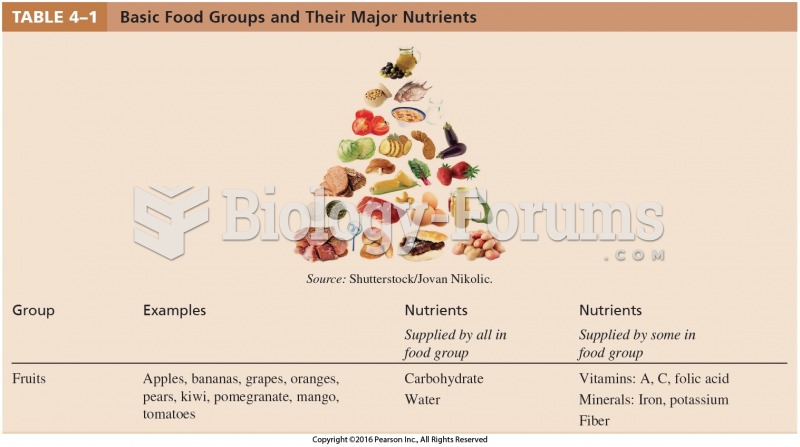This topic contains a solution. Click here to go to the answer
|
|
|
Did you know?
Drug-induced pharmacodynamic effects manifested in older adults include drug-induced renal toxicity, which can be a major factor when these adults are experiencing other kidney problems.
Did you know?
Medication errors are more common among seriously ill patients than with those with minor conditions.
Did you know?
The effects of organophosphate poisoning are referred to by using the abbreviations “SLUD” or “SLUDGE,” It stands for: salivation, lacrimation, urination, defecation, GI upset, and emesis.
Did you know?
There are more nerve cells in one human brain than there are stars in the Milky Way.
Did you know?
This year, an estimated 1.4 million Americans will have a new or recurrent heart attack.







